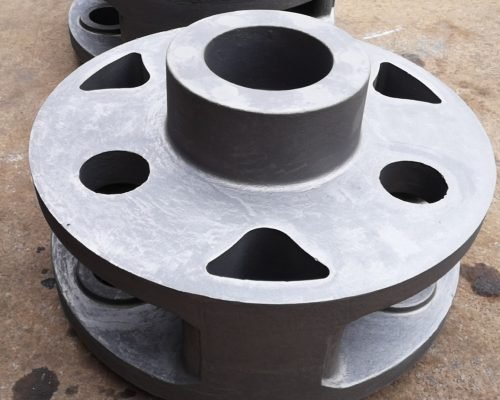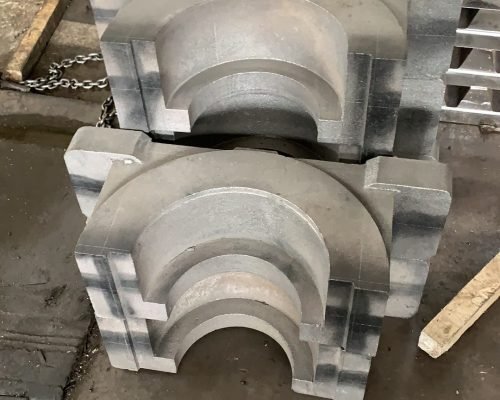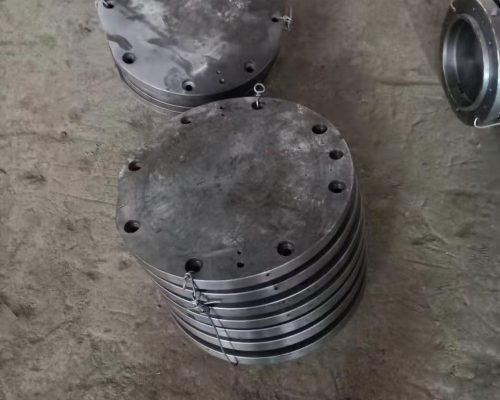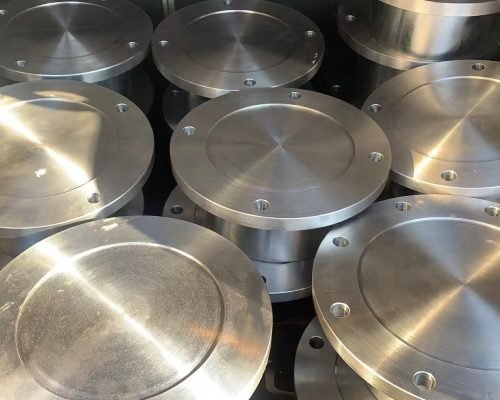Sand Casting
At Syncraft Precision, we produce custom industrial casting products that deliver precision and durability across industries such as mining, marine, and agriculture. With a focus on custom marine components for boats and mining equipment for heavy industries, our solutions are built to perform in the most demanding environments.
- Home
- Sand Casting
What is Sand Casting?
Sand casting is one of the oldest and most versatile metal casting processes, used to create everything from small components to large industrial parts. It involves packing a special sand mixture around a pattern to form a mold, then pouring molten metal into the cavity. Once the metal cools and solidifies, the sand mold is broken away, revealing the final shape.
This method is widely used because it’s cost-effective and adaptable to complex designs. Sand molds can be easily shaped to accommodate intricate details, making it ideal for custom parts. Plus, it works with a variety of metals, including aluminum, bronze, and steel, ensuring flexibility across different industries.
At SynCraft Precision, we specialize in high-quality sand casting, delivering durable and precisely engineered parts for various applications. Whether you need a single prototype or large-scale production, our expertise ensures reliable performance and exceptional craftsmanship.
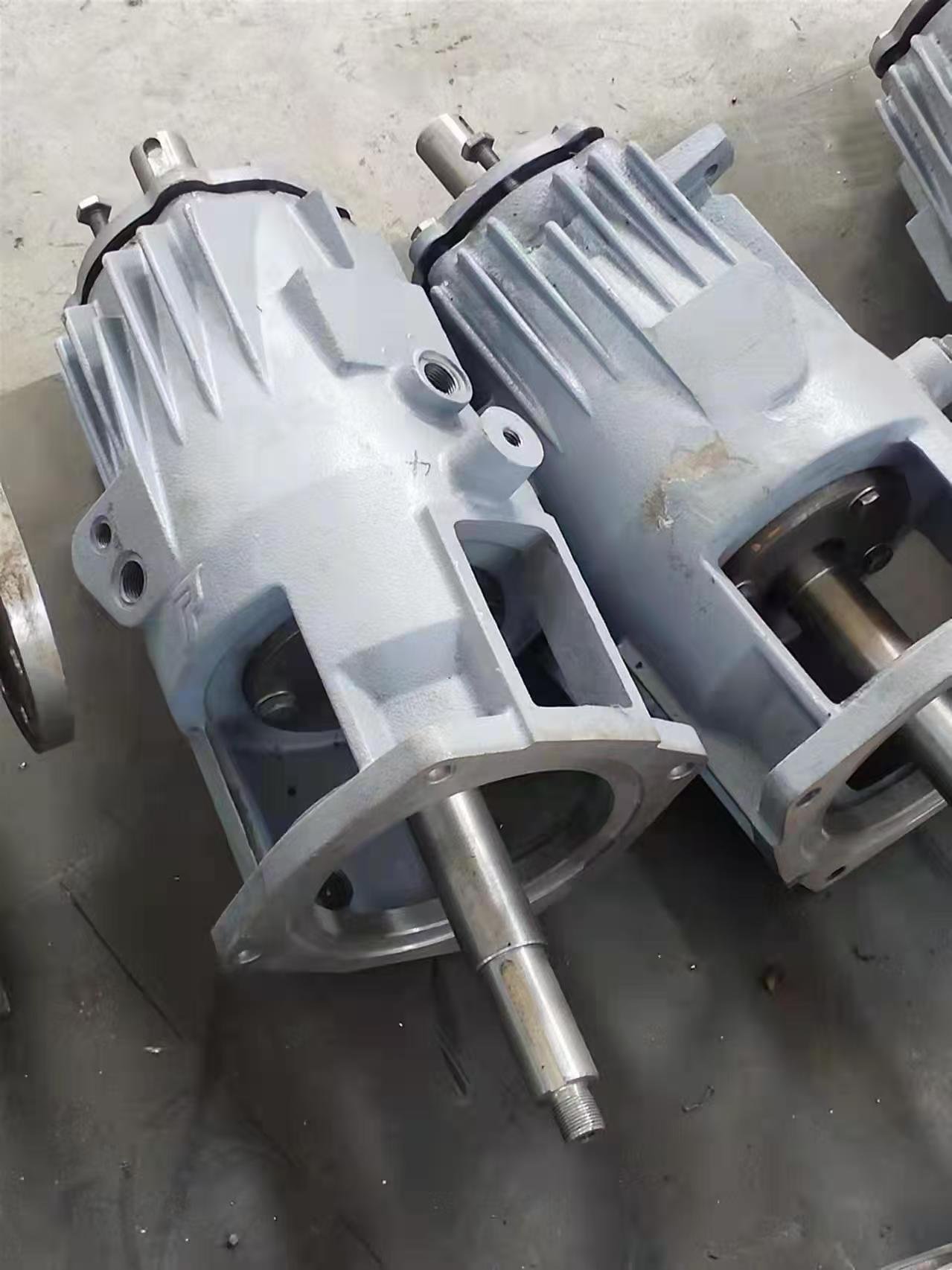
The Sand Casting Process
At SynCraft Precision, we take pride in transforming raw metal into high-quality, custom-engineered parts using the sand casting process. It’s a time-tested method, but we refine it with modern precision to meet your exact needs.
What WE oFFER
The Advantages of Sand Casting
Common Sand Casting Materials
| Material | Application | Product Feature |
|---|---|---|
| Cast Iron | Automotive engine blocks, cylinder heads, gearboxes, pump housings, agricultural machinery parts | Low cost, strong capability for forming complex internal cavities, suitable for mass production; high strength and compressive resistance. |
| Steel (Carbon/Alloy/Stainless) | Hydraulic fittings, brake systems, industrial equipment parts, stainless steel castings (e.g., marine components) | High mechanical properties (e.g., yield strength, elongation), corrosion resistance (stainless steel), customizable complex shapes |
| Copper Alloys (Brass/Bronze) | Artistic castings, valves, pipe fittings | Excellent electrical conductivity, corrosion resistance, bronze is ideal for high-precision artistic casting. |
Applicable Materials for Sand Casting
Latest Project
Recent Work in Sand Casting
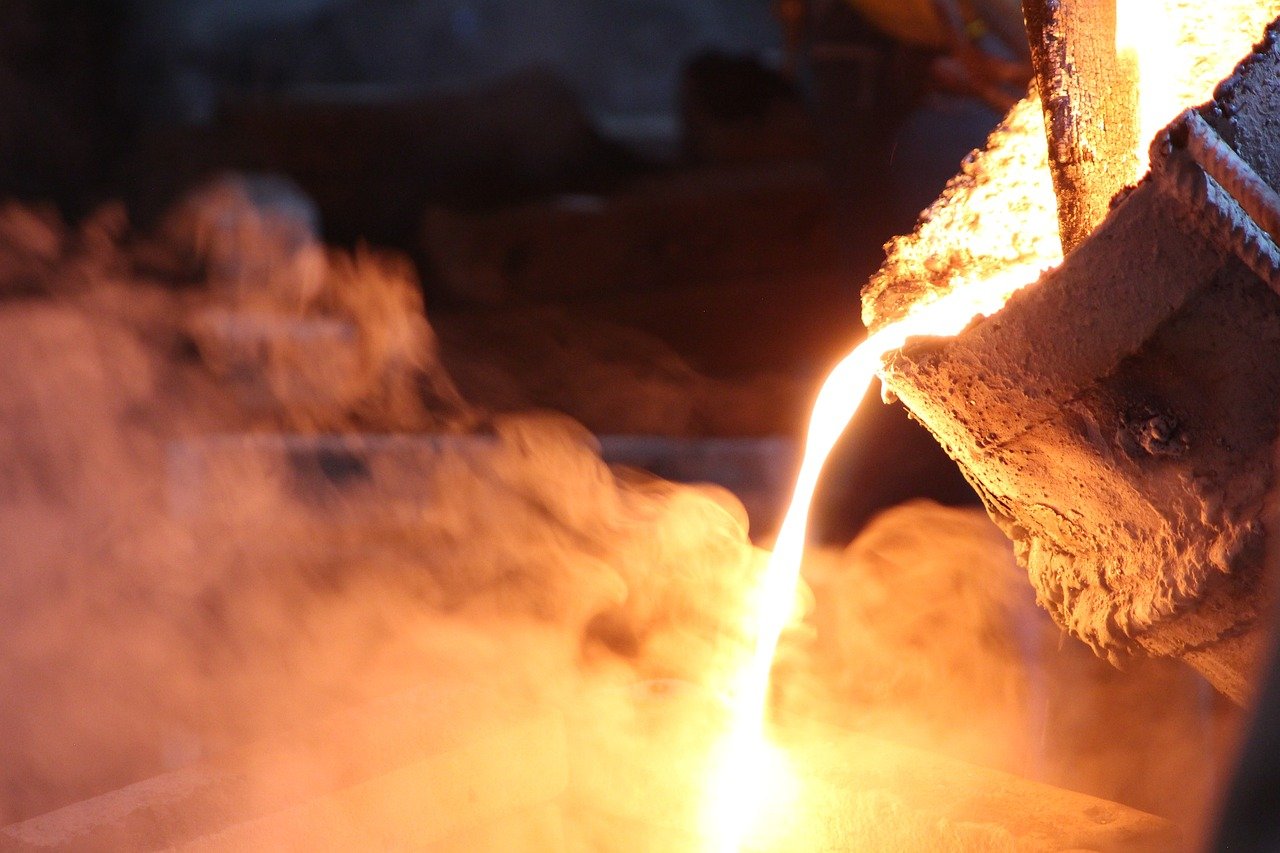
Decades of experience in delivering high-precision sand casting solutions.
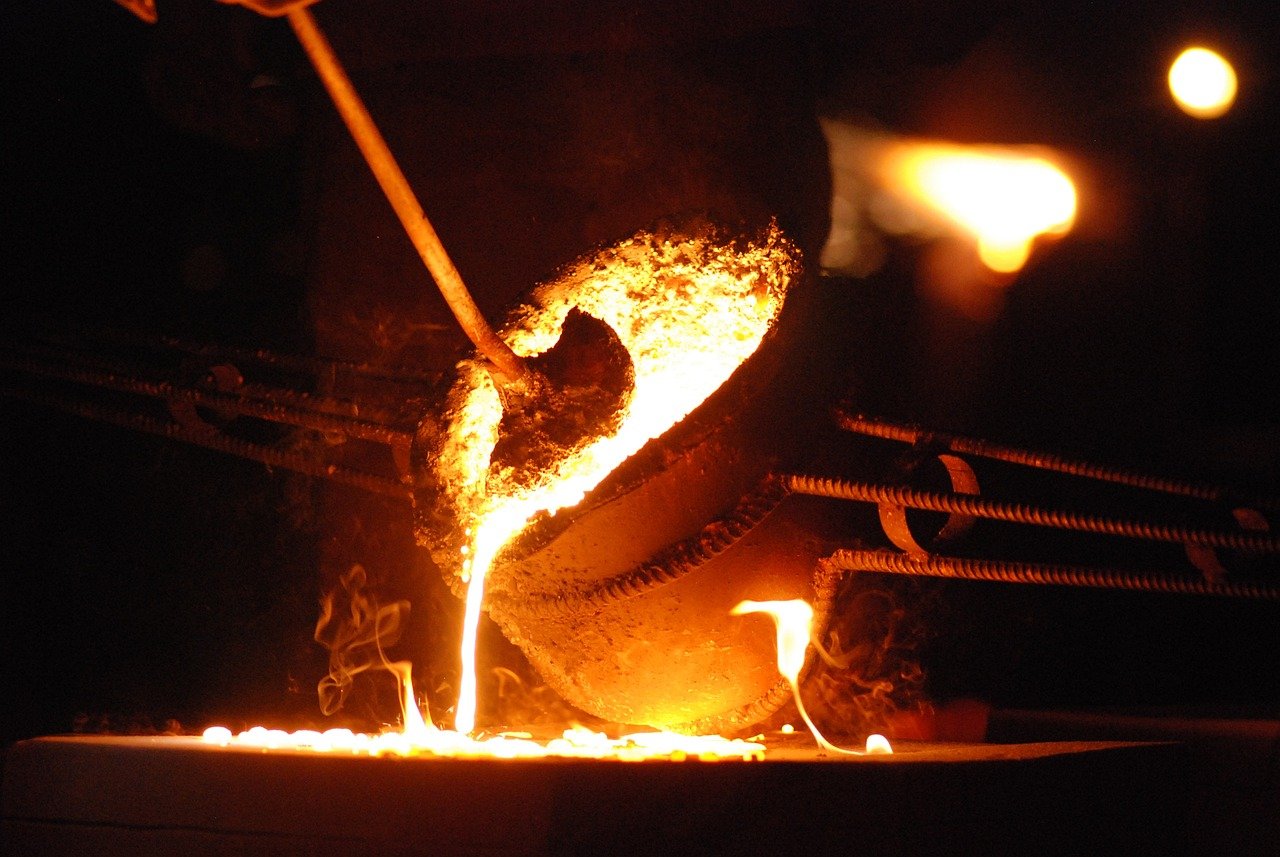
We use high-grade materials and strict quality control to ensure durability.

Tailored casting services to meet your unique design and functional requirements.
Sand Casting Parts Samples
